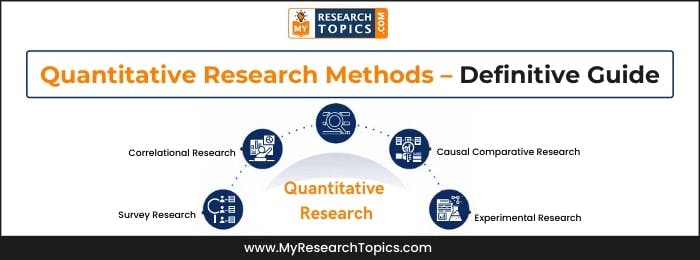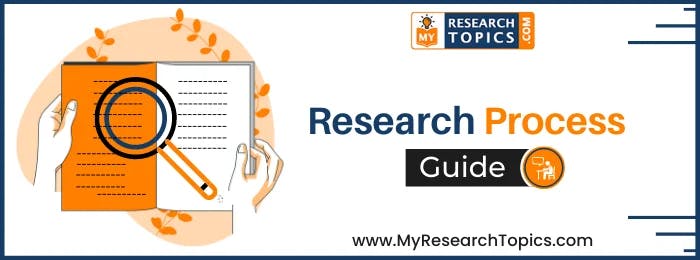Experimental Research Design – Overview
Published 16 October, 2023

Research is a process of making observations, forming hypotheses, and testing them. It is important to design the experiment in such a way that it will provide reliable and accurate data. Experimental research design is a process used to test the effects of different treatments. It is important for researchers to have a clear idea of what they are testing and how it will be measured before doing their experiment. This blog post discusses experimental research design, including its importance and steps in the process.
What is Experimental Research Design?
Experimental Research Design is a type of research in which the investigator manipulates one or more independent variables and observes the results.
Experimental research designs are concerned with the examination of the effect of the independent variable on the dependent variable, where the independent variable is manipulated through treatment or interventions, & the effect of those interventions is observed on the dependent variable. By facilitating such type of investigation you can have complete control over different types of variables.
In addition, experimental research design enables you to develop an understanding of the relationship between cause and effect. Experimental research is basically a type of research where you can hypothesis testing in research in a scientific manner.
The main objective of experimental research design is to study the relationship between different variables. One biggest advantage of experimental research is that it allows you to have the highest level of control. The level of detail in research and validity of outcome is completely dependent on variations in independent variables.
When the experimental study is performed?
You can perform such type of research mainly in three situations these are:
- In such a case when time is one of the important factors.
- Stable attitude or relationship between cause and effect.
- The importance of cause and effect completely relies on desirability.
Types of experimental research designs
The different types of experimental research design are:
Pre experimental
It is basically an extent up to which you assign subjects to different groups or situations by the investigator. In experimental research design, you need to follow normal scientific procedures. By applying the pre-experimental design you can easily perform an investigation on a single group.
You may need to employ a pre-experimental research design in order to determine the usefulness of further investigation. This type of experiment will collect data before implementing changes, and its purpose is simply to see if there are any noticeable effects on particular groups or individuals at all.
For example, an investigation which you are performing with the intention of identifying the need for implementation of social welfare policy.
Quasi-experimental
It is a type of experimental research where independent variables are manipulated. This type of investigation includes choosing people without performing pre-selection procedures for testing variables. You need to align Quasi-experimental research designs with case studies so that you can easily perform statistical analysis.
True experimental design can establish cause-effect relationships within groups better than other types of designs that are not true experiments.
For example, You want to perform an experiment on a pregnant mother in order to analyze the influence of drinking alcohol on embryos.
True experimental
This is basically one of the correct types of experimental study design. As researcher has applied statistical analysis techniques for supporting or rejecting the hypothesis in research. Experimental research design helps in developing an understanding of the relationship between cause and effect.
For example, if it’s conducted with people who live together as roommates and they’re not randomly assigned to their rooms because they all know each other well enough already.
Process of conducting experimental research
Designing good experimental research, there are five main steps, as follows:
1. Defining your variables
A research question is your first step in designing an experiment. Once you have found your research question, translate the main variables into experimental hypotheses and control any extraneous or confounding factors that may skew the results of the experiment. You need to define the variables you want to test and make predictions about how they’re related before coming up with a hypothesis for what will happen if one variable changes when another stays constant.
2. Writing your hypothesis
Now that you have a strong conceptual understanding of the system, your hypotheses will be focused and testable. Designing a controlled experiment is essential for research, so here’s how it works. In order to conduct one, you need three things:
- an independent variable that can be manipulated and precisely measured;
- dependent variables that are carefully observed as they change in response to changes in the manipulations of the independent variable(s);
- controlling any potential confounding factors or extraneous sources of variation so there aren’t other explanations for why some people might have improved more than others during treatment.
3. Designing experimental treatments
You control the independent variable, but that can affect external validity. First, you might need to decide how widely to vary your independent variable, and second, you may need to choose how finely to vary your independent variable.
4. Assigning subjects to treatment groups
When conducting an experiment, the size of your sample is important. Larger samples help give more statistical power and provide greater confidence in experimental results.
Once that’s figured out, it’s time to assign subjects randomly into treatment groups so each one gets a different level of the treatment.
Lastly, there should also be a control group that doesn’t get any treatment
5. Measure dependent variable
When designing and executing your study, you need to decide how the variable outcomes will be measured. There are many types of measurements that can be used for reliable and valid measurement and minimize the error.
For instance, if you wanted to study temperature changes in certain areas over time, one option would be using scientific instruments – and another could be measuring it directly by taking daily readings at different distances from an area where measurable heating or cooling has taken place.
Other Related Guides
- Research Project Questions
- Types of Validity in Research – Explained With Examples
- Schizophrenia Sample Research Paper
- Quantitative Research Methods – Definitive Guide
- Research Paper On Homelessness For College Students
- How to Study for Biology Final Examination
- Textual Analysis in Research / Methods of Analyzing Text
- A Guide to Start Research Process – Introduction, Procedure and Tips
- Research Findings – Objectives , Importance and Techniques
- Topic Sentences in Research Paper – Meaning, Parts, Importance, Procedure and Techniques












